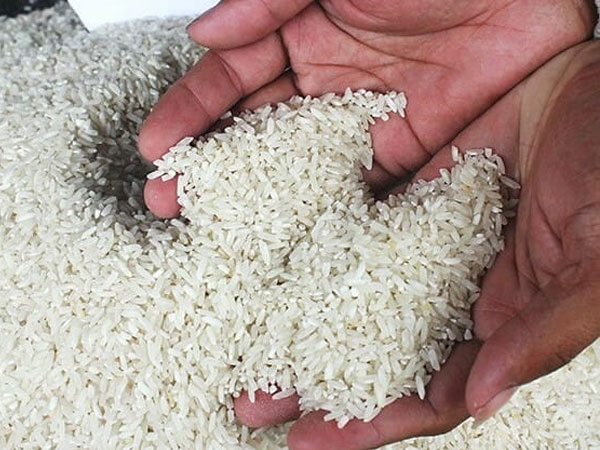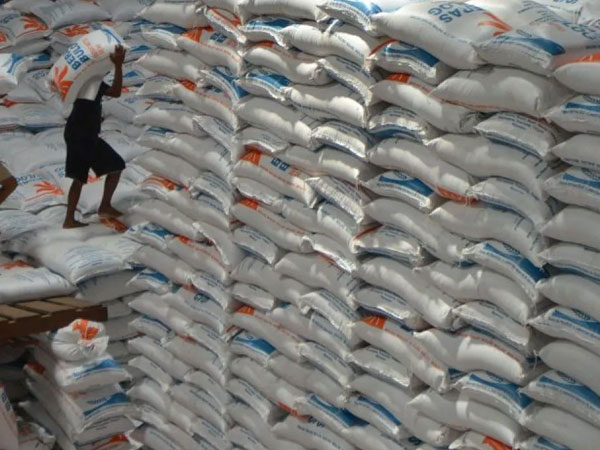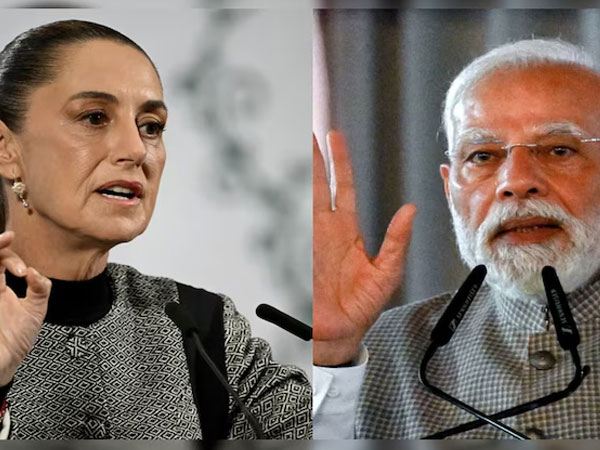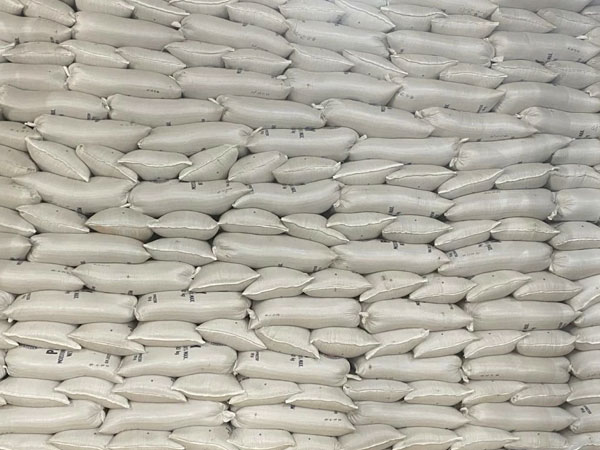 Research firm BMI, a Fitch Solutions company, has revised down its 2025 price forecast for CBOT-listed second-month rough rice futures from USD13.9 per cwt to USD12.8 per cwt, citing abundant supplies from India and persistent market surpluses.
Research firm BMI, a Fitch Solutions company, has revised down its 2025 price forecast for CBOT-listed second-month rough rice futures from USD13.9 per cwt to USD12.8 per cwt, citing abundant supplies from India and persistent market surpluses.
Rice prices have slumped sharply in recent months, with contracts closing at USD11.6 per cwt on September 9 — down 9.7 per cent month-on-month and 20.9 per cent year-on-year, the lowest since July 2020. Year-to-date, prices have fallen 17.5 per cent.
BMI noted that after a period of elevated prices in early 2024, driven by Indian export restrictions, sentiment has turned bearish as India — the world’s largest rice exporter — ramped up production. The country’s output surged 8.8 per cent year-on-year in 2024/25 to 150 million tonnes, and is forecast to hit a record 151 million tonnes in 2025/26.
“Abundant Indian supplies are reinforcing our expectation for muted rice prices through the end of this year and into 2026,” BMI said. The strong 2025 monsoon season has been a key driver of India’s bumper harvests, though analysts caution that excessive rainfall could still damage yields.
Global Outlook
Globally, BMI expects rice production to rise 0.4 per cent year-on-year in 2025/26, while consumption is set to grow 1.8 per cent, narrowing but not eliminating the market surplus. Production is forecast at 542 million tonnes, against consumption of 539.4 million tonnes, leaving a balance of 2.6 million tonnes, down from 10.2 million tonnes in the prior season.
The United States presents a contrasting picture, with production forecast to fall 2.9 per cent year-on-year amid reduced planting and weaker crop conditions. Outstanding U.S. rice export sales were down 6 per cent year-on-year as of late August, with accumulated exports down 21.3 per cent, pressured by cheaper Asian supplies.
One bright spot has been exports to Japan, which surged more than 250 per cent year-on-year, partly tied to U.S.–Japan trade discussions.
Risks and Longer-Term Trends
BMI flagged several risks to its outlook, including weather volatility in India and the potential reintroduction of Indian export curbs for political or domestic market reasons. With India accounting for 25 per cent of global rice production and 35 per cent of exports, supply shocks there could quickly alter market sentiment.
Over the longer term, BMI expects the rice market to remain in surplus until at least 2028/29, though demand patterns are shifting. Slowing population growth and dietary diversification in Asia are expected to cap consumption growth, while rising demand in Sub-Saharan Africa will be the main driver of global import demand.














© Copyright 2025 The SSResource Media.
All rights reserved.